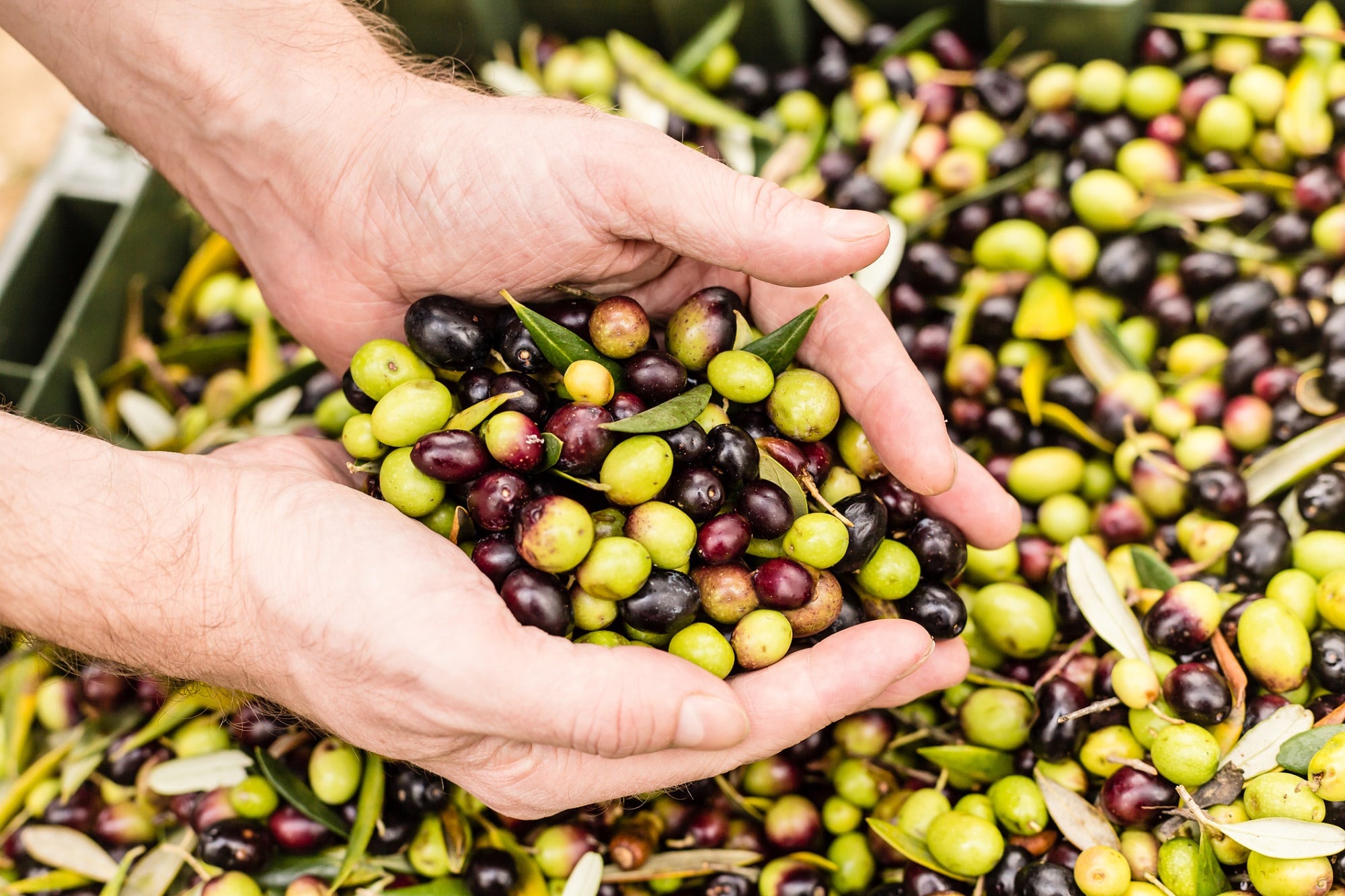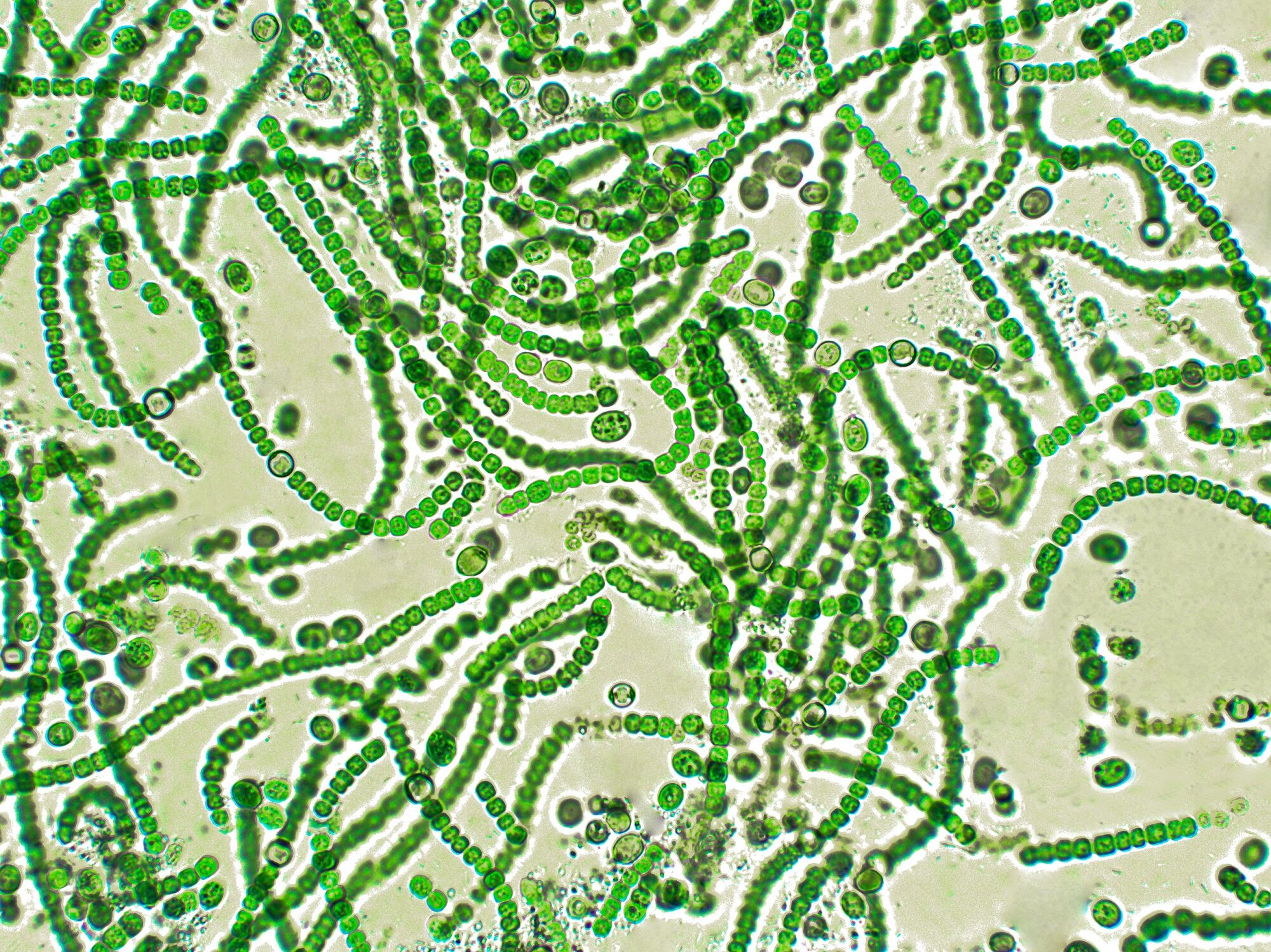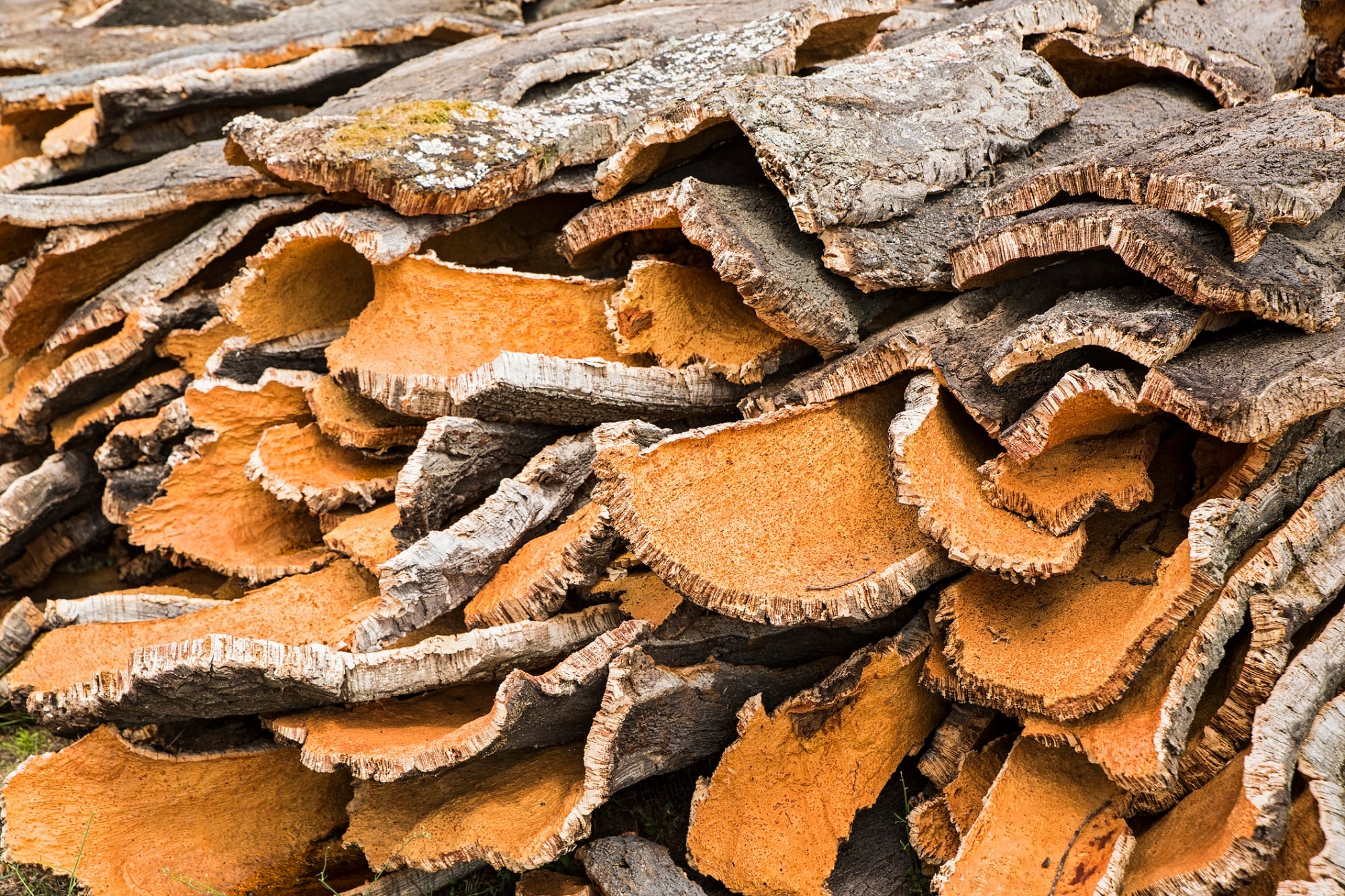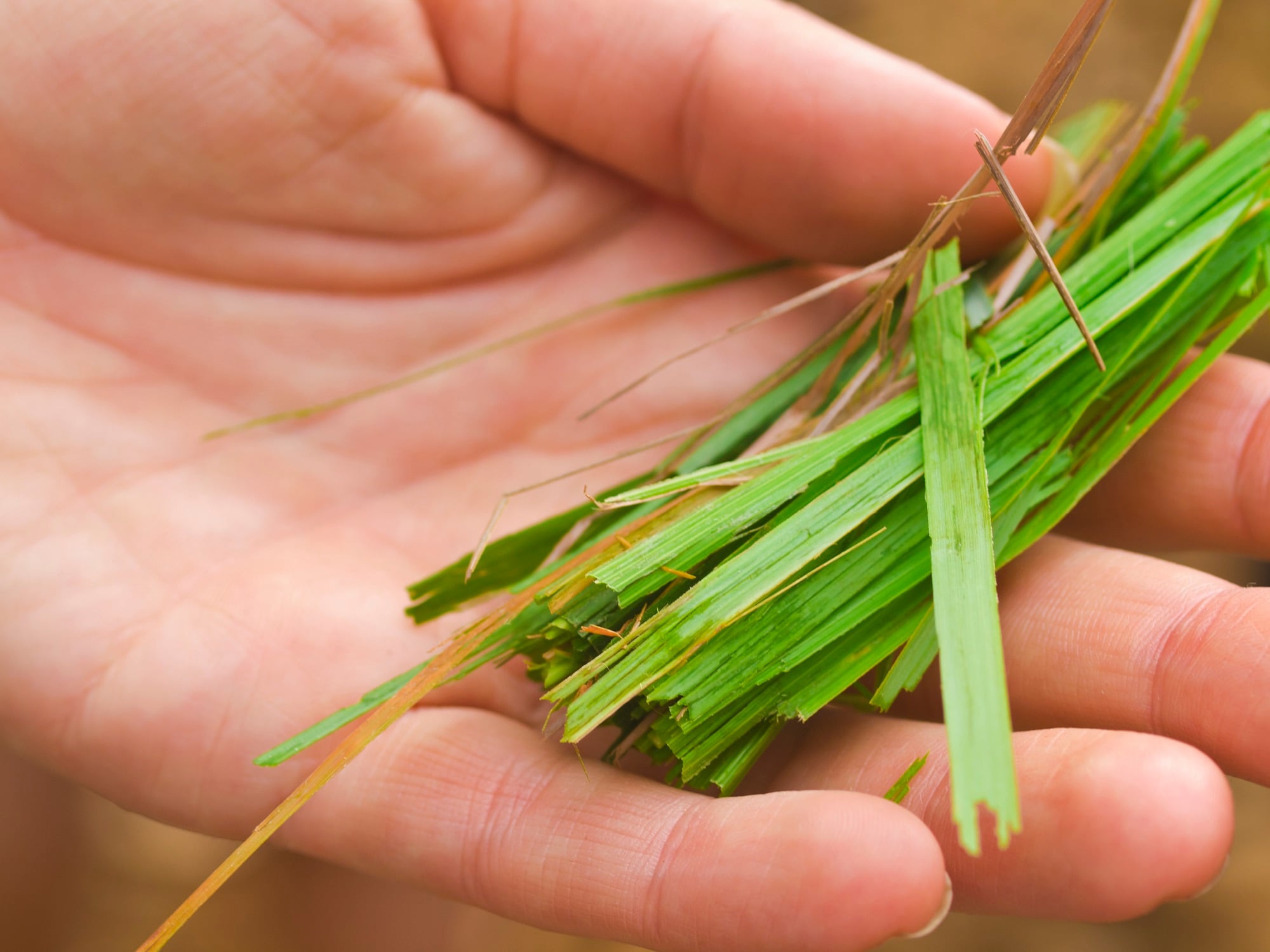Olive pomace, olive mill wastewater and olive leaves — all byproducts of olive oil — contain bioactive compounds that could benefit the cosmetics industry. The authors, whose study was published in Cosmetics, assert their findings have a large impact from a sustainability standpoint.
Olives
“Extra-virgin olive oil is an important constituent of the Mediterranean diet, being known for its nutritional properties and health effects, especially against cardiovascular diseases,” the authors write. These properties include phenolics, squalene, phytosterols and high levels of monounsaturated acids.
Olive oil contains only 1-2% of the phenolic content of olives — the majority are retained in olive pomace (OP). Unfortunately, OP and olive mill wastewater are phytotoxic and non-biodegradable. Thus, the researchers write, the olive oil waste products can be a hazard to soil and water wherever they are disposed.
“From a circular economy perspective, phenolics extraction allows for the reminiscent solid phase, free of phytotoxic compounds, to be used as an agricultural substrate for crop production, no longer representing an environmental burden,” according to the authors.
Olive pomace
OP is the main residue of olive oil production, representing 35–40% of the total weight of the processed olive. It shows promise as a cosmetic ingredient due to the main phenolic compound, hydroxytyrosol (HT). HT possesses antioxidant, anti-aging, photo-protecting, depigmentation, antimicrobial and anti-inflammatory potential.
“In fact, the antioxidant capacity of HT is higher than that of other phenolic compounds with similar structures and other natural antioxidants such as vitamin C, or synthetic antioxidants such as butylated hydroxytoluene (BHT),” the authors write.
Other compounds in OP such as monosaturated fatty acids and squalene can also benefit the skin through cell membrane structural stability and skin barrier integrity as well as antioxidant properties.
However, stability, efficacy and aesthetic are considerations when utilizing OP compounds in cosmetics as phenolic compounds have low stability when exposed to environmental conditions. One possible solution is encapsulation.
Olive leaves and mill wastewater
Olive leaves are another by-product of the olive oil industry. They account for 10% of the weight when processing olives, but are often either not used or burned. According to the authors, olive leaf extracts have been shown to have antioxidant, anti-inflammatory, anti-hypertensive, anti-microbial and radical scavenging properties, in addition to other benefits.
Olive mill wastewater (OMWW), the primary liquid byproduct, has an acidic pH and contains nutrients as well as high amount of phenolic compounds. “However, these phenolic substances present phytotoxicity and biotoxicity which limits OMWW use for agriculture purposes and contributes significantly to environmental pollution, especially in the olive oil production areas,” the authors write.
Both olive leaves and OMWW have cosmetic value, and removing the bioactive compounds from OMWW enables it to be disposed of safely. The phenolic content within both byproducts has been shown to have photoprotector activities, increasing SPF values of UV filter solutions.
Conclusions
While many olive oil byproducts pose a hazard to the environment, the very compounds that make them non-biodegradable can benefit the cosmetic industry. Through harvesting these bioactive compounds, scientists can create natural cosmetic products and reduce the environmental footprint of the olive oil industry.
Source: Cosmetics
2023, 10(1), 35; https://doi.org/10.3390/cosmetics10010035
“Exploring Olive Pomace for Skincare Applications: A Review”
Rodriques, R., et al.




